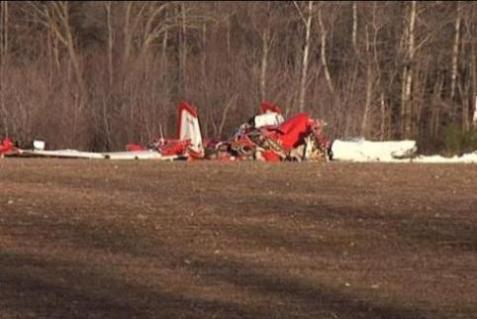About two dozen retirees from the U. S. Forest Service are calling for an additional investigation of last summer’s Station fire on the Angeles National Forest in southern California–the fire that burned 160,000 acres and killed two LA County firefighters. The report that was released by the USFS in November was written by a five-member panel; three of the five members of the panel represented the USFS and LA County fire department, both responsible for the management of the fire or heavily involved as a cooperator, and both were the targets of criticism from the media and some members of the public. That report included no criticism of the management of the fire during its first 46 hours, and said that “appropriate decisions” were made.
A report written by the LA County Fire Department, released five days after the USFS report was released, was critical of some aspects of USFS management of wildland fires on the Angeles National Forest.
One issue that appeared in the media about the Station fire was that the number of ground and air resources assigned to the fire on the second day was not adequate, and this contributed to the fire becoming the largest in the recorded history of LA County.
An article in the LA Times has numerous quotes from USFS retirees about the management of the Station fire and the need for an independent investigation. Here are some excerpts–you might recognize some of the names:
“I didn’t think that conclusion was even close to being correct,” said Larry Boggs, a former fire management officer who worked for the Forest Service for 31 years, 13 of them in the Angeles. “It was a whitewash. Aircraft would have been quite effective on the fire that day.” [Referring to the USFS report’s conclusion that “appropriate decisions” were made about the resources assigned on the second day, and that steep terrain was the primary obstacle to stopping the spread of the fire during the first two days.]
…
“This is the most highly protected watershed anywhere, certainly in the United States,” Troy Kurth, a former fire prevention officer for the California region, said of the Angeles. “What were the factors that led to this fire’s escape? . . . I just can’t come to the same conclusions as the Forest Service did.”
…
The retirees began a behind-the-scenes lobbying campaign for a rigorous review in October, making their case through e-mail exchanges, telephone calls and meetings with Forest Service administrators, said Derr, who wrote several letters to the agency asking for the fuller investigation. Even after those requests were rejected, Derr said, he and other retirees were reluctant to go public because of an enduring loyalty to the Forest Service.
“An independent, comprehensive inquiry is essential to gather all the facts so that future fires can be safely and more effectively fought,” he added. “The November report was incomplete and flawed.”
Doug Leisz, the former associate chief of the Forest Service, was less harsh but said the report “missed some things.”
“I would still go back and talk to all the people who were involved,” he said. “I wouldn’t say, ‘Who screwed up?’ I’d say, ‘How could we do it better next time?’ ”
Mike Rogers, the former supervisor of the Angeles, said informal attempts to persuade Forest Service officials to take a fresh look at the Station fire were “kind of blown off.”
Rogers said some Angeles employees are afraid their careers would suffer if they criticize their superiors, “so there needs to be some kind of review where people’s anonymity is protected.
…
A Station fire commander had ordered the air tankers to be over the flames at 7 a.m.; they did not begin arriving until around 9 a.m., according to the records. During that two-hour interval, the fire grew exponentially, jumped a crucial defense line along Angeles Crest Highway and started to rage of control.
Don Feser, who retired as Angeles fire chief in 2007, said, “If their pilots couldn’t meet that timeframe, why didn’t the commanders do something about it?”
Feser said lingering questions about the aircraft could be cleared up only through another, wider inquiry: “It all comes down to interviewing the right people and getting the total story out.”



